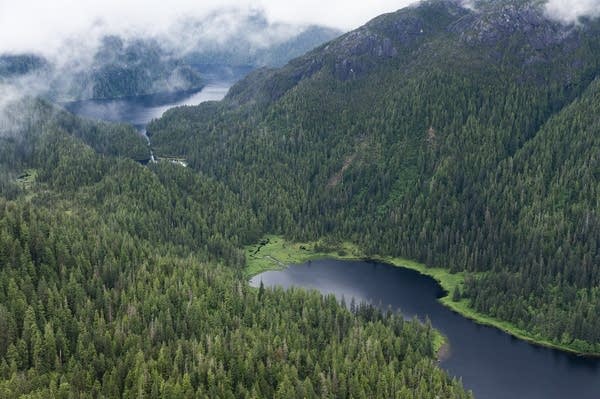
by Bill Schlesinger
“Don’t it always seem to go
That you don’t know what you got ’til it’s gone”
Joni Mitchell, Big Yellow Taxi, 1970
Humans have occupied all continents of the Earth since the end of the last ice age, 12,000 years ago, leaving a lasting imprint of their activities on nature. Largely focusing on the remaining native animals, a recent report suggests that only 3% of the world’s land area is in “natural” condition.
I would argue that from the perspective of plants, essentially no natural ecosystems (0%) remain intact. The basis of my thought is that the Earth’s atmosphere had about 275 to 300 parts per million of carbon dioxide in it from about 12,000 years ago until the beginning of the Industrial Revolution. Now it has more than 400 parts per million CO2 and it is rising fast. The current concentration represents about 30% perturbation of the concentration of the basic raw material for photosynthesis. Carbon dioxide is well mixed in the global atmosphere; plants everywhere are bathed in a concentration well above their evolutionary experience. From what we know about the differential response of species to high CO2, which upsets the competitive relationships among plants and their resistance to pests and pathogens, the communities of plants worldwide are no longer “natural.”
Higher levels of carbon dioxide are only one of the direct global effects that humans have inflicted on nature. Other examples include the worldwide distribution of pesticides, perfluoroalkyl compounds, mercury, and radiation. These substances know no artificial boundaries between nations, achieving a global distribution in nature and often with no minimum threshold of effect.
Humans have indirect impacts on nature as well, as witnessed by ongoing changes in climate, that change the occurrence and severity of wild-land fires and drought. As we have seen in recent years, isolated areas of the Amazon and Siberia—the location of the putative 3% of the land area that is undisturbed—are not immune to these changes in environment.
Past studies have suggested that we use, usurp, or control about 40% of the plant productivity on Earth. The new study suggests that we control about 97% of the habitat for land animals. My thoughts push our planetary dominance to 100%. Potentially for the first time in Earth’s history, a single species—Home sapiens (aka “us”) totally dominates the habitat of the planet.
As we lose natural ecosystems and the diversity of species they harbor, it’s worth asking if the planet can tolerate unilateral dominance by a single species? And, do we care?
References
Ellis, E.C. and 17 others. 2021. People have shaped most of terrestrial nature for at least 12,000 years. Proceedings of the National Academy of Sciences doi: 10.1073/pnas.2023483118
Ibisch, P.L. and 9 others. 2016. A global map of roadless areas and their conservation status. Science 354: 1423-27
Plumptre, A.J. and 14 others. 2021. Where might we find ecologically intact communities. Frontiers Forests and Global Change https://doi.org/10.3389/ffgc.
|
|
|
|
|
|